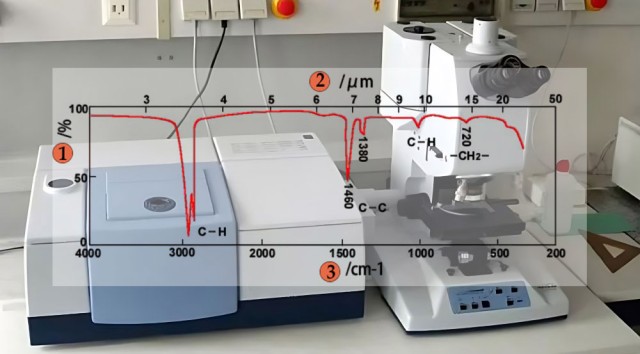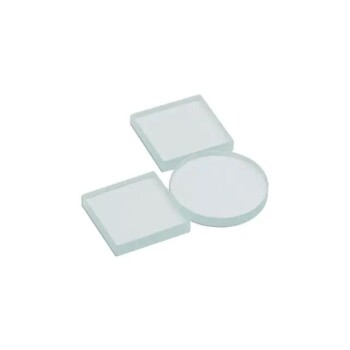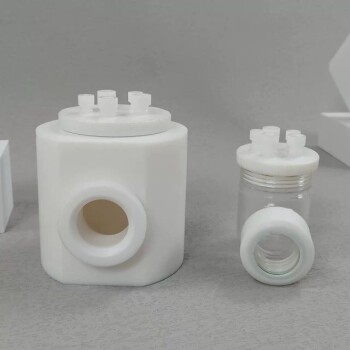Solid Sample Preparation
Sample to KBr Ratio
The ratio of sample to potassium bromide (KBr) is crucial for obtaining clear and accurate infrared spectra. Typically, this ratio is set at 1:200, ensuring that the absorption peaks fall within the optimal range of 10% to 80% transmittance. This concentration range is essential because it prevents the infrared beam from being completely absorbed or scattered by the sample, which would result in noisy spectra.
To achieve this ratio, the concentration of the sample in KBr should be between 0.2 to 1 percent. This lower concentration is necessary due to the thickness of the KBr pellet, which is significantly greater than that of a liquid film. Higher concentrations can lead to difficulties in obtaining clear pellets and may cause the IR beam to be absorbed or scattered, compromising the quality of the spectra.
| Aspect | Details |
|---|---|
| Sample/KBr Ratio | 1:200 |
| Optimal Transmittance | 10% to 80% |
| Sample Concentration | 0.2 to 1 percent |
| Purpose | Prevent absorption or scattering of IR beam, ensure clear spectra |
Ensuring the correct sample to KBr ratio is not only about achieving the right concentration but also about the quality of the mixture. A homogeneous blend of the sample and KBr is ideal, but excessive grinding of the potassium bromide should be avoided. Over-grinding can lead to increased humidity absorption, causing a higher background in certain spectral ranges. Therefore, it is important to work quickly and efficiently during the preparation process.
Preparation of Potassium Bromide
To prepare potassium bromide (KBr) for infrared spectroscopy, it is crucial to use optical reagent grade KBr. This ensures the purity and transparency required for accurate spectral analysis.
-
Drying Process: Both the sample and the KBr should be thoroughly dried. This step is essential to eliminate any moisture that could interfere with the spectral results.
-
Grinding: Once dried, the KBr and sample are ground together for approximately 3 to 5 minutes. This grinding process homogenizes the mixture, ensuring uniform distribution of the sample within the KBr matrix.
-
Re-drying: After grinding, the mixture is dried again to remove any residual moisture that may have been introduced during the grinding process. This final drying step ensures that the mixture is completely free from moisture before pressing into a tablet.
By following these meticulous steps, the KBr preparation ensures that the resulting tablet will yield clear and accurate infrared spectra, free from interference.

Tablet Pressing
The process of tablet pressing is a critical step in solid sample preparation for infrared spectroscopy. It involves several meticulous steps to ensure the uniformity and integrity of the final product.
Firstly, the sample must be evenly distributed within the mold. This ensures that the pressure applied during the compression process is uniformly distributed, leading to tablets of consistent shape and size. The pressure applied typically ranges between 10 to 15 MPa, a force sufficient to compress the powder into a solid tablet without causing any structural damage.
Once the pressure is applied, it is maintained for a duration of 1 to 2 minutes. This period allows the granulated material to bond effectively, forming a cohesive and hard tablet. The maintenance of pressure over this duration is crucial as it ensures that the tablet achieves its desired hardness and density.
After the pressure has been maintained for the specified duration, it is then gradually released. This gradual release prevents any sudden shock to the tablet, which could potentially cause cracks or fractures. The tablet is then ejected from the mold, ready for further analysis.
The tablet pressing process leverages the principle of compression, where the upper and lower punches work together within the die to form the tablet. This two-step action ensures that the powder is evenly compressed, resulting in a uniform product. The hydraulic pressure mechanism used in these machines ensures that the pressure is evenly distributed across the tablet, further enhancing its uniformity and quality.
In summary, the tablet pressing process is a carefully orchestrated procedure that ensures the production of high-quality, uniform tablets suitable for infrared spectroscopy. Each step, from the initial distribution of the sample to the final ejection of the tablet, is designed to maintain consistency and integrity, ensuring accurate and reliable spectroscopic analysis.
Mold Cleaning
To maintain the integrity and longevity of your infrared spectroscopy mold, it is crucial to adhere to a meticulous cleaning routine. Ethanol serves as an effective agent for removing mold residues immediately after each use. This practice not only ensures the cleanliness of the mold but also prevents the buildup of contaminants that could interfere with future analyses.
Following the cleaning process, the mold should be stored in a desiccator. This environment is essential for preventing rust and corrosion, which can be detrimental to the mold's structural integrity and spectroscopic performance. The desiccator provides a controlled humidity level, safeguarding the mold from moisture-induced damage.
| Cleaning Step | Purpose |
|---|---|
| Ethanol Cleaning | Removes mold residues and prevents contamination. |
| Desiccator Storage | Prevents rust and corrosion by controlling humidity. |
By following these steps, you ensure that your mold remains in optimal condition, ready for precise and accurate infrared spectroscopy.
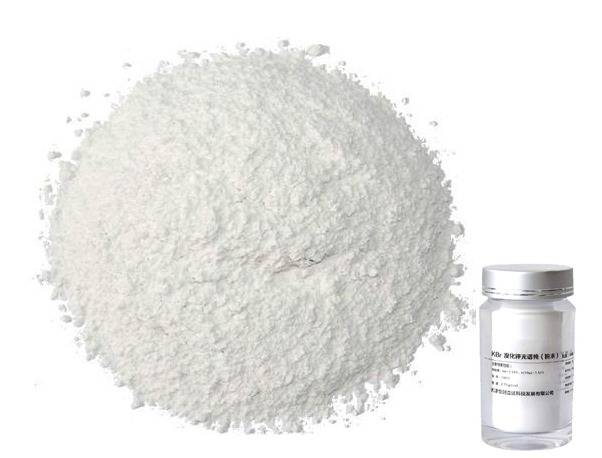
Liquid Sample Preparation
Oily or Viscous Liquids
When dealing with oily or viscous liquids in infrared spectroscopy, the preparation method is straightforward yet crucial for obtaining accurate results. These types of samples are typically applied directly to a potassium bromide (KBr) or sodium chloride (NaCl) wafer. These wafers, often referred to as windows, are made from materials that are transparent to infrared light, allowing for the transmission of the spectrum without significant interference.
The process involves spreading a thin, even layer of the oily or viscous liquid onto the surface of the wafer. This ensures that the sample's absorption characteristics can be accurately measured. The choice between KBr and NaCl wafers depends on the specific properties of the sample and the wavelength range of interest. KBr wafers are generally used for samples that require analysis in the mid-infrared region, while NaCl wafers are more suitable for samples that need to be analyzed in the far-infrared region.
To enhance the clarity of the spectrum, it is essential to ensure that the sample layer is as thin and uniform as possible. This can be achieved by using a microspatula or a similar tool to spread the liquid evenly across the wafer's surface. Once the sample is applied, it is ready for immediate testing, ensuring that the liquid does not dry out or change its properties before analysis.
In summary, the preparation of oily or viscous liquids for infrared spectroscopy involves a simple yet meticulous process of applying the sample to a KBr or NaCl wafer, ensuring uniformity and minimal thickness to facilitate accurate spectral analysis.
Low Viscosity and High Boiling Point Liquids
For low viscosity and high boiling point liquids, the preparation method involves creating a thin, uniform film between two transparent wafers. This technique ensures that the liquid sample is evenly distributed and provides a clear path for infrared radiation to pass through, facilitating accurate spectral analysis.
To achieve this, two potassium bromide (KBr) or sodium chloride (NaCl) wafers are employed. These wafers are chosen due to their excellent optical transparency in the infrared region, which is crucial for obtaining precise spectral data. The process begins by placing a small drop of the liquid sample on one of the wafers. The second wafer is then carefully positioned on top, sandwiching the liquid between the two surfaces.
The wafers are pressed together gently to spread the liquid into a thin, even film. This step is critical as it ensures that the sample thickness is consistent across the entire surface, which is essential for accurate spectral interpretation. The thin film formation allows for minimal interference from the substrate, thereby enhancing the quality of the infrared spectrum obtained.
This method is particularly advantageous for liquids that are not easily volatilized due to their high boiling points. By avoiding the need for heating or other complex procedures, it simplifies the sample preparation process while maintaining the integrity and accuracy of the spectral data.
Low Boiling Point Liquids
For low boiling point liquids, the preparation method is crucial to ensure accurate and reproducible results in infrared spectroscopy. These liquids, due to their volatility, require special handling to prevent evaporation and contamination during the testing process.
Firstly, the liquid sample is injected into a sealed liquid cell. The choice of the cell thickness is significant; it should be appropriate for the specific sample to ensure optimal absorption and transmission of infrared light. Typically, cells with a thickness ranging from 0.01 to 1.0 mm are used, depending on the sample's characteristics and the required spectral resolution.
After completing the spectroscopic analysis, the cell must be thoroughly cleaned. This step is essential to remove any residual sample and prevent cross-contamination with future samples. The cleaning solvent should be carefully selected based on the chemical properties of the sample and the cell materials. Common solvents include chloroform, carbon tetrachloride, and hexane, among others.
In summary, handling low boiling point liquids involves precise injection into a sealed cell of appropriate thickness and meticulous cleaning post-testing to maintain the integrity and reliability of infrared spectroscopy results.
Aqueous Samples
When dealing with aqueous samples for infrared spectroscopy, the primary challenge lies in the significant absorption of water in the infrared region, which can obscure the spectral features of the organic compounds present. To overcome this, the organic matter is typically extracted using organic solvents such as dichloromethane, chloroform, or ethyl acetate. These solvents are chosen for their ability to dissolve a wide range of organic compounds while being immiscible with water.
Once the extraction is complete, the solvent is evaporated under controlled conditions, typically using a rotary evaporator or a gentle stream of nitrogen gas. This step is crucial to avoid thermal decomposition of the extracted organic matter. After evaporation, the remaining liquid or solid residue is ready for spectroscopic analysis. The choice of solvent and the evaporation technique can significantly impact the quality of the resulting spectrum, ensuring that the organic components are isolated and preserved for accurate analysis.
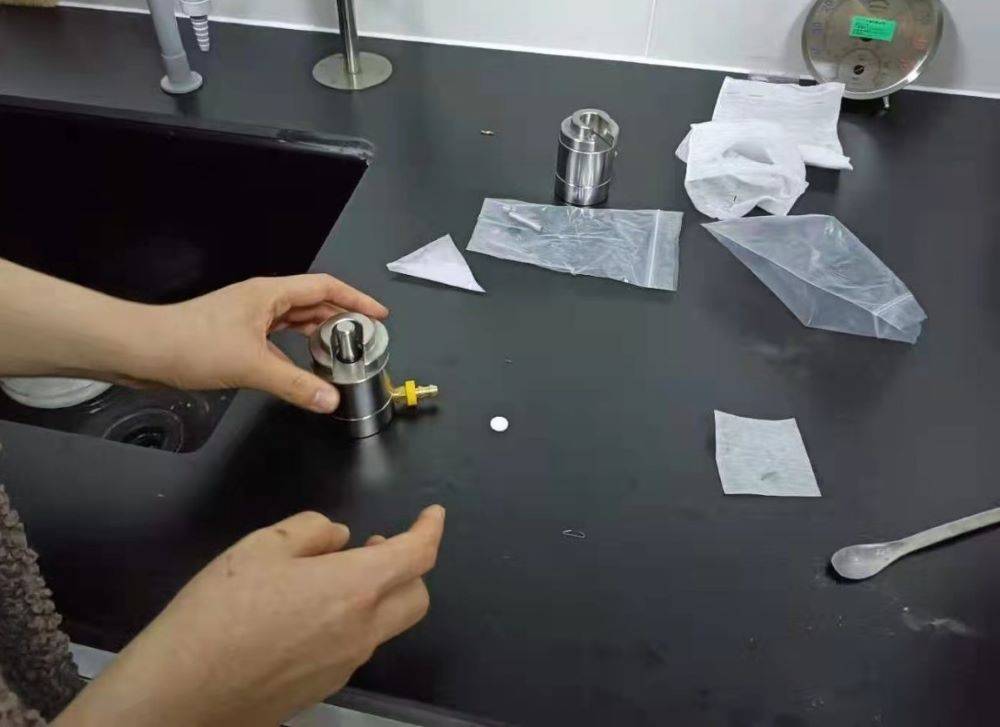
Gas Sample Preparation
General Method
When preparing gaseous samples for infrared spectroscopy, the general method involves filling the gaseous samples into a gas absorption cell. This cell is specifically designed to accommodate gases, providing a controlled environment for accurate spectral analysis.
Steps in Gas Sample Preparation:
-
Selection of Gas Absorption Cell: Choose a gas absorption cell with appropriate dimensions and materials that are transparent to infrared radiation. Common materials include calcium fluoride and potassium bromide.
-
Cell Preparation: Ensure the gas absorption cell is clean and dry. Any residual moisture or impurities can interfere with the spectral data.
-
Filling the Cell: Introduce the gaseous sample into the cell using a calibrated gas handling system. This system ensures the accurate measurement and introduction of the gas volume into the cell.
-
Sealing the Cell: Once the desired amount of gas is in the cell, seal it to prevent any leakage or contamination. Proper sealing is crucial to maintain the integrity of the sample during testing.
-
Testing: Place the sealed gas absorption cell into the infrared spectrometer for analysis. The spectrometer will record the absorption spectrum of the gas, providing valuable data about its composition and properties.
By following these steps, you can effectively prepare gaseous samples for infrared spectroscopy, ensuring accurate and reliable results.
Related Products
- No Demolding Lab Infrared Press Mold for Laboratory Applications
- Lab Infrared Press Mold
- Infrared Heating Quantitative Flat Plate Press Mold
- kbr pellet press 2t
- XRF & KBR plastic ring lab Powder Pellet Pressing Mold for FTIR
